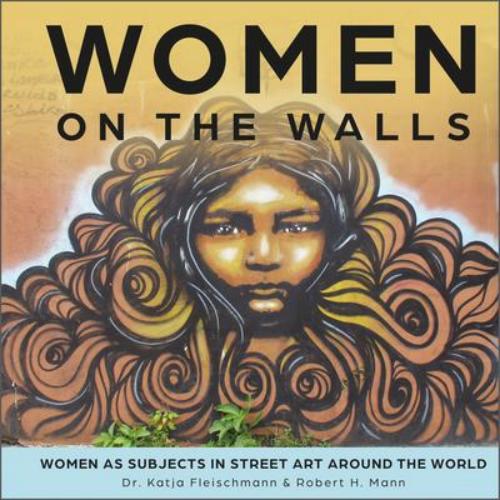Women On The Walls: Women As Subjects In Street Art...
| Item Information | |
|---|---|
| Item#: | 9780764364037 |
| Author | Mann, Robert H. |
| On Hand | 1 |
Interviews with artists peel back the layers between artist and image, revealing stories about their work, its context, and its environment. The women are depicted artistically, politically, and culturally across continents. The artists featured are from the United States, Mexico, Costa Rica, Peru, Chile, France, Italy, and South Africa.
From artists in LA pushing back on Hollywood’s shiny perfection; to painters in Costa Rica examining the cultural links of women, myth, and nature; to women in South Africa decrying domestic violence, what links these works are their temporality and public ownership.
Why do wall artists choose women as their frequent and favorite subjects? What does it say about our conceptions of gender and rebellion, protest, pride, place, and community? And how does the growing commercialization of street art affect their portrayal?

